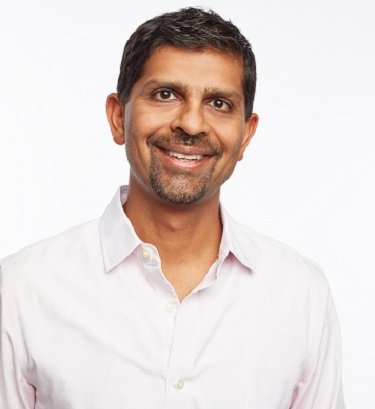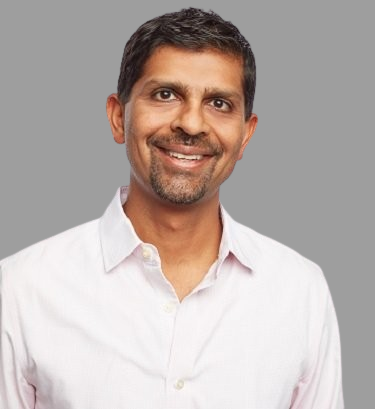Transforming & Digitalizing Biopharma and Medtech
As a passionate healthcare innovator, Dr. Kal Patel is on a mission. Over the last 20 years, he has become a strategic leader on innovations in biopharma, medtech and regulated digital health. A medical doctor, who also holds an MBA degree, Kal is CEO & Co-Founder of BrightInsight, a leading global platform for biopharma and medtech regulated digital health solutions. Founded in 2018, the company built a compliant platform and pre-built software modules that allow biopharma and medtech companies to focus on therapeutic digital innovation instead of the underlying infrastructure. In an interview he speaks on an array of topics – from the founding of BrightInsight to challenges faced in the field of medicine, from the need to build a more holistic & methodical approach within healthcare to the challenges faced in the field. Excerpts from the interview:
Story behind Founding of BrightInsight
BrightInsight is accelerating regulated digital health innovation for biopharma and medtech customers through its scalable compliant platform. Its co-founders met while leading digital health at Amgen, one of the world’s top biopharma companies. “When trying to build a digital health platform and products within Amgen, we realized first-hand how challenging it is to launch digital innovations within a highly regulated industry.” says Dr. Patel.
This experience was the impetus for building the BrightInsight Platform.
“We replace the need for lengthy ‘build from scratch’ implementations to instead give our customers a proven platform and configurable software modules to develop and maintain secure, private, and compliant digital health solutions—even as regulations are constantly changing,” shares Dr. Patel.
With the BrightInsight Platform as their foundation, and BrightInsight as their launch partner, its customers are accelerating time to market for apps, algorithms, medical devices, connected combination products, diagnostics, and Software as a Medical Device.
“At BrightInsight, our vision is to transform patient outcomes globally by bringing the power of digital technology to healthcare.”
Innovation within Healthcare Technology
According to Dr. Patel, healthcare technology has moved rapidly to innovate new approaches that improve patient outcomes. ‘‘One unintended consequence of this fast pace has been technology siloes where several novel approaches exist that don’t allow easy or efficient sharing of data.” He cites the example of treatment offered for diabetes that elaborates this argument. “Most patients with this chronic condition are involved with multiple therapies, each involving a different manufacturer, yet none talk to each other. This is an exciting time for healthcare innovation, but a more holistic and methodical approach to building solutions is critical.”
Overcoming Challenges
One challenge that BrightInsight encounters is the buy versus build conundrum. Before BrightInsight, biopharma companies had no choice but to attempt to build their own custom platform from the ground up to host their digital health products. This could take several years with sky-high costs, and that’s only for one product, observes Dr. Patel.
“It is not a competitive advantage for each of these companies to have their own siloed infrastructure. The better strategy involves these companies developing differentiated intellectual property, dosing algorithms, and more, that make their therapies more effective. BrightInsight’s pre-built, comprehensive platform solves this problem as it meets the rigor these companies require- across security, privacy, quality, and regulatory requirements—that can scale across geographies and disease states.”
Most Memorable Moment of Success
“Securing our Series B round of financing in the spring of 2020—amidst a pandemic—was one of the most memorable moments of success for our company and a major achievement during a time of unprecedented uncertainty.” BrightInsight was one of the first companies to raise a substantial round of financing early into the COVID 19 pandemic. “We were able to build a rapport with our Series B lead investor, Insight Partners, over the course of many Zoom calls, since we could not travel to New York to meet in person.”
A Piece of Advice
“Leaders should adopt a philosophy of fail fast. If organizations are afraid of failure, they will invite pitfalls by paralysis. Instead, leaders should not be afraid to take risks – learning to quickly course correct as needed while innovating.” Dr. Patel notes that this is a pivotal moment for healthcare. “The industry is finally realizing its own digital revolution and those who successfully embrace this shift will be tomorrow’s leaders.”

Company: BrightInsight
Website: www.brightinsight.com
Management: Kal Patel, MD, CEO & Co-Founder
Founded Year: 2017
Headquarters: San Jose, CA
Description: BrightInsight offers a global regulated digital health platform for biopharma and medtech.




